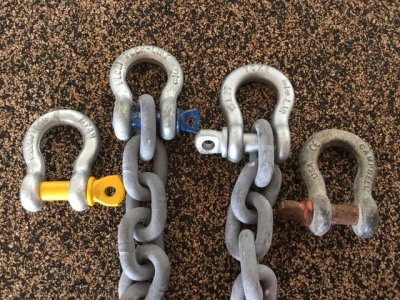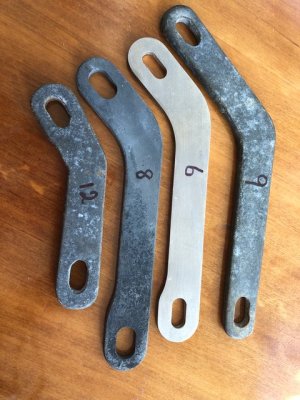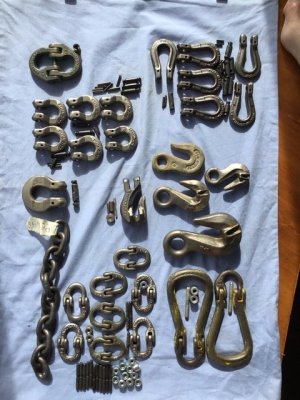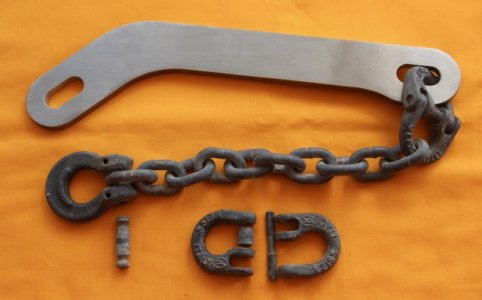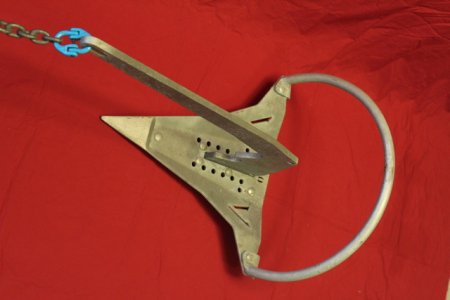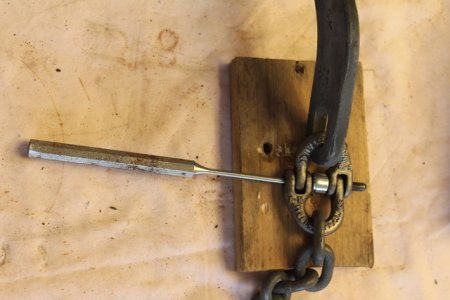stranded
Well-known member
I have both, to be used with 8mm G70 chain. The Ultraflip saddle does not fit over the shank of my Bugel anchor so does not provide a straight pull. If I use the Kong I will use a 3 link 12mm chain between swivel and anchor to mitigate the side pull problem. But the Ultra is supposedly the stronger swivel. Would I therefore be better using that with the 3 link chain or would eg the saddle prevent this from working well. Experience or just thoughts welcome.

